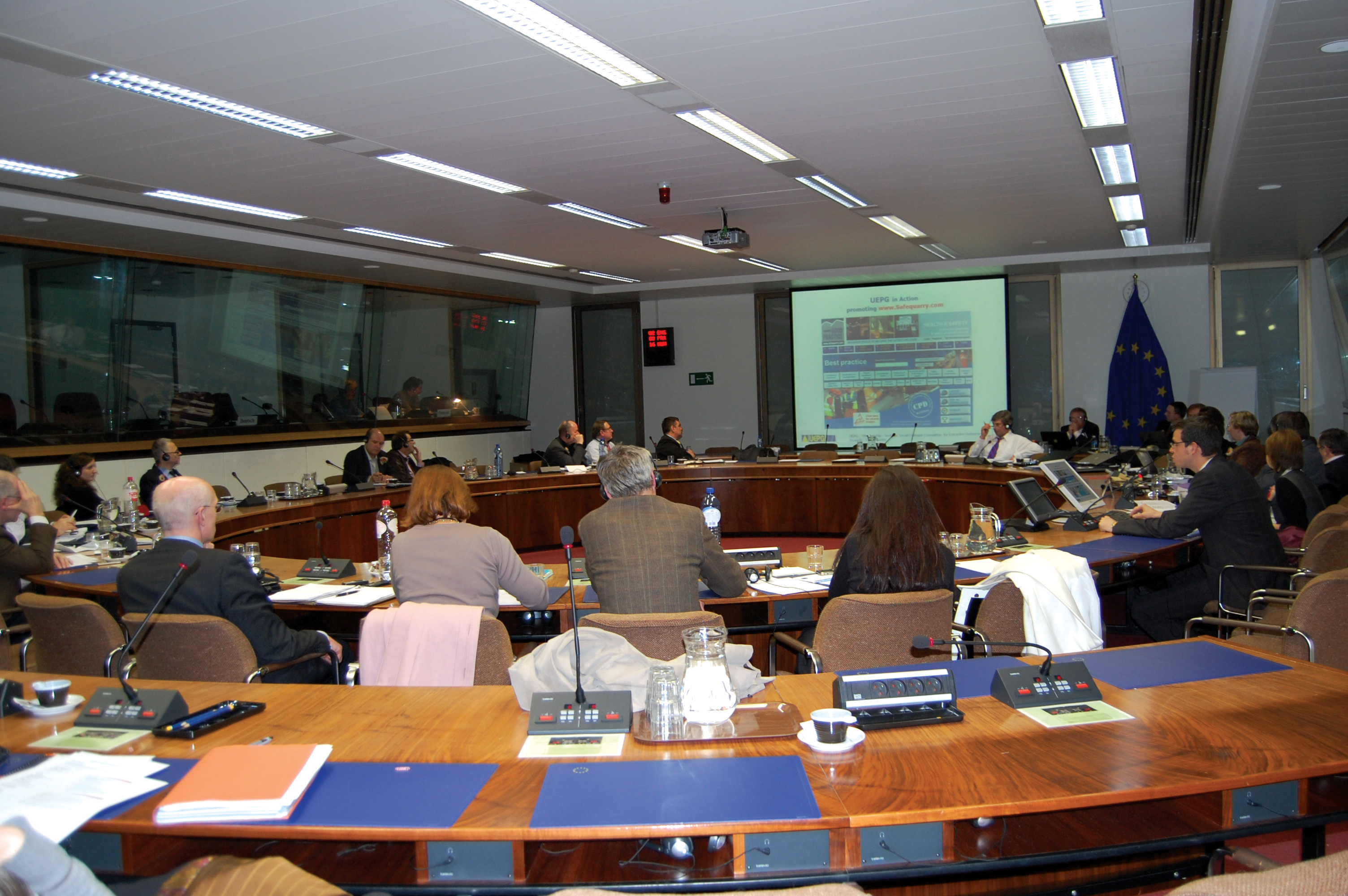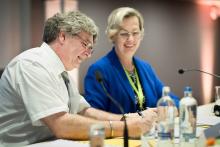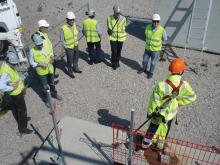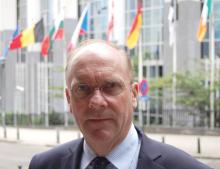
The Sectoral Social Dialogue Committee for the Extractive Industry is one organisation helping to shape European social policy
European social dialogue refers to discussions, consultations, negotiations and joint actions involving organisations representing the two sectors of industry, employers and employees.
It has resulted in over 300 joint texts by the European social partners, and community financial support can be given to social dialogue initiatives, for example in the key area of capacity-building for social partner organisations.
Social partners play a vital role in shaping European social policy, and the
Beyond regulations and standards that the social partners help to elaborate through their contributions to consultations and the implementation of their common agreements, European social dialogue has developed many tools of soft law such as guidelines, codes of conduct, joint reporting standards and frameworks of action.
Sectoral Dialogue Committees (SDCs) were created to promote the dialogue between the social partners in the sectors at European level, and each committee adopts its own rules of procedure and holds at least one plenary meeting per year, dealing with more specific questions at meetings of secretariats or working parties.
The committee meets 3-4 times a year to discuss employer/worker views on various topics; adopt texts negotiated by both parties and plans future initiatives.
The SDC comprises 64 members (32 employers, 32 workers) either from European secretariats or national organisations, an example of which is the Sectoral Social Dialogue Committee for the Extractive Industry (SSDCEI).
Social partners of the SSDCEI are:
- APEP (European Association of Potash Producers)
- EMCEF (
5736 European Mine Chemical and Energy Workers’ Federation) - EURACOAL (
5737 European Association for Coal and Lignite) - EUROMINES (
5738 European Association of Mining Industries) - IMA-Europe (
2911 European Industrial Minerals Association) - UEPG (
2886 European Aggregates Association).
An EC social partner must represent a sector and be organised at European level; consist of organisations that are a recognised part of Member States’ social partner structures, and have adequate structures to ensure active participation.
The UEPG applied for the SSDCEI as a social partner restricted to health, safety and training commitments in 2009 when it was accepted by the social partners of the committee.
The work of the committee is supported by the EC, with the presidency of the committee alternating annually between the employers and the trade unions.
In 2012, UEPG is chairing the committee and Martin Isles (UK Minerals Products Association/MPA), chairman of UEPG Health & Safety Committee, is chairing the SSDCEI with Jean-Pierre Damm (EMCEF) as vice-chairman.
EC financial support
On 25 October 2006, the first multi-sectoral agreement covering more than 2 million workers, now representing 17 industry sectors and a business exceeding €250 billion, was signed.
This EU Silica Social Dialogue Agreement protects workers exposed to respirable crystalline silica dust, which can lead to silicosis, a potentially fatal lung condition.
It was signed also by the social partners of the extractive industries.
Cornerstone of this autonomous agreement is a risk-assessment procedure based on the results of personal dust exposure monitoring to help determine which measures and good practices to apply in order to improve workers protection, and a Good Practice Guide is annexed to the agreement providing recommendations on how to carry out dust monitoring, health surveillance and organise training.
Signatories report biennially on the application of the agreement according to a specific procedure. This started in June 2008, and the reporting in 2012 started at site level and spanned a two-month window.
Quantitative data on the status of application is compiled in reporting formats to be filled in at site level and successively consolidated at company, national and European sector levels.
The reporting process allows the compilation of a summary report to inform the EC, the Member States and the authorities responsible for health and safety on the application of the agreement.
For those employed in the extractive industries in Europe, the agreement provides an incentive to continuously improve the protection of workers’ occupational health.
In 2008-2009, the social partners worked on an EC Accident Project to draw up guidelines to improve safety and prevent accidents on site.
Technologia French Consultancy was hired to collect and analyse data provided in a report with the support of partners’ national experts.
The project targeted mainly young and contractors’ employees and countries such as Bulgaria, Poland, Sweden, Hungary and Germany.
In 2011, a UEPG proposal to introduce the Safer by Design project to social partners as a common project was approved.
Safer by Design comprises voluntary best practice guidance that strives to address the ‘design vacuum’ that persists between manufacturers and users of heavy mobile plant and equipment.
European support, if granted by the EC, will allow the initiative to be developed and communicated in ways that will provide tangible practical assistance in preventing injury and ill-health to the many workers who use and maintain these machines in the EU’s 27 Member States.
Safer by Design also focuses on informing and improving the harmonised standards of the EU Machinery Directive, and it is planned this proposal be submitted to the EC in August 2012 for co-funding.








